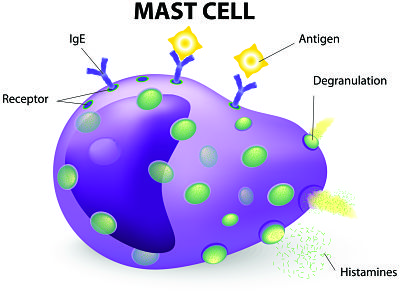PV Reporter is very pleased to welcome Kate Newberry, Phd as contributing writer. She is a Senior Research Scientist in the Leukemia Dept at MD Anderson collaborating with Dr Verstovsek.
Kate has been working with me on the "Mast Cell Mania" series providing medical commentary, this is part 2 of the series.
pvreporter.com/histamine-ma...
Best,
David Wallace - PV Reporter
